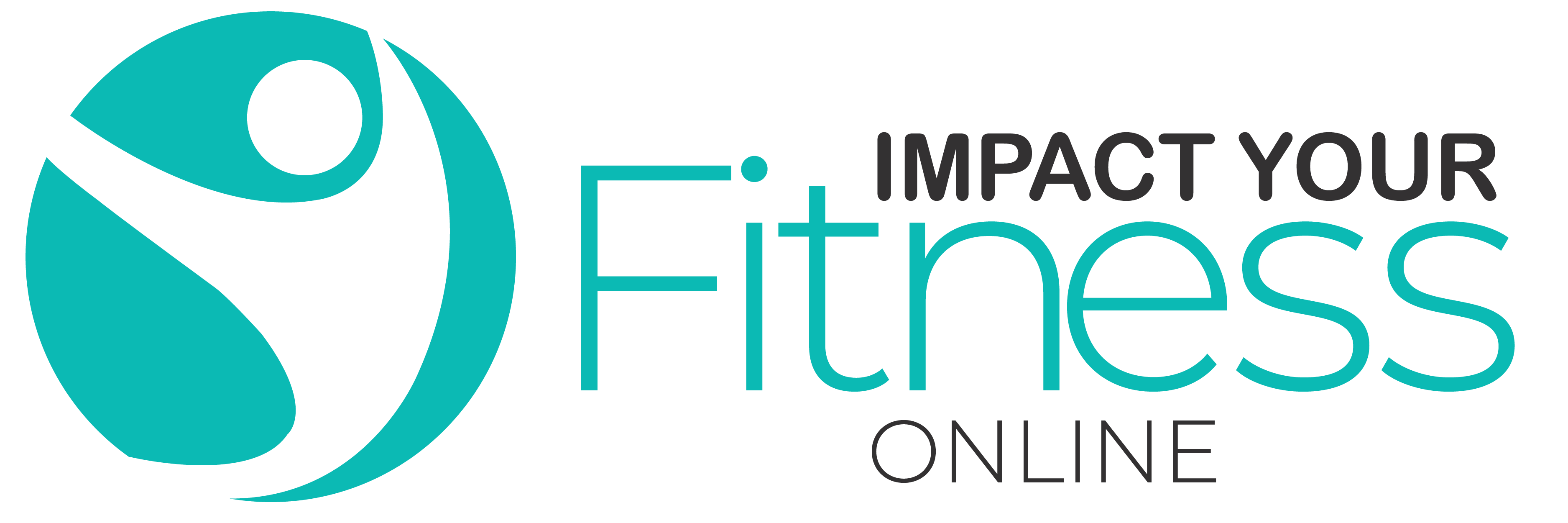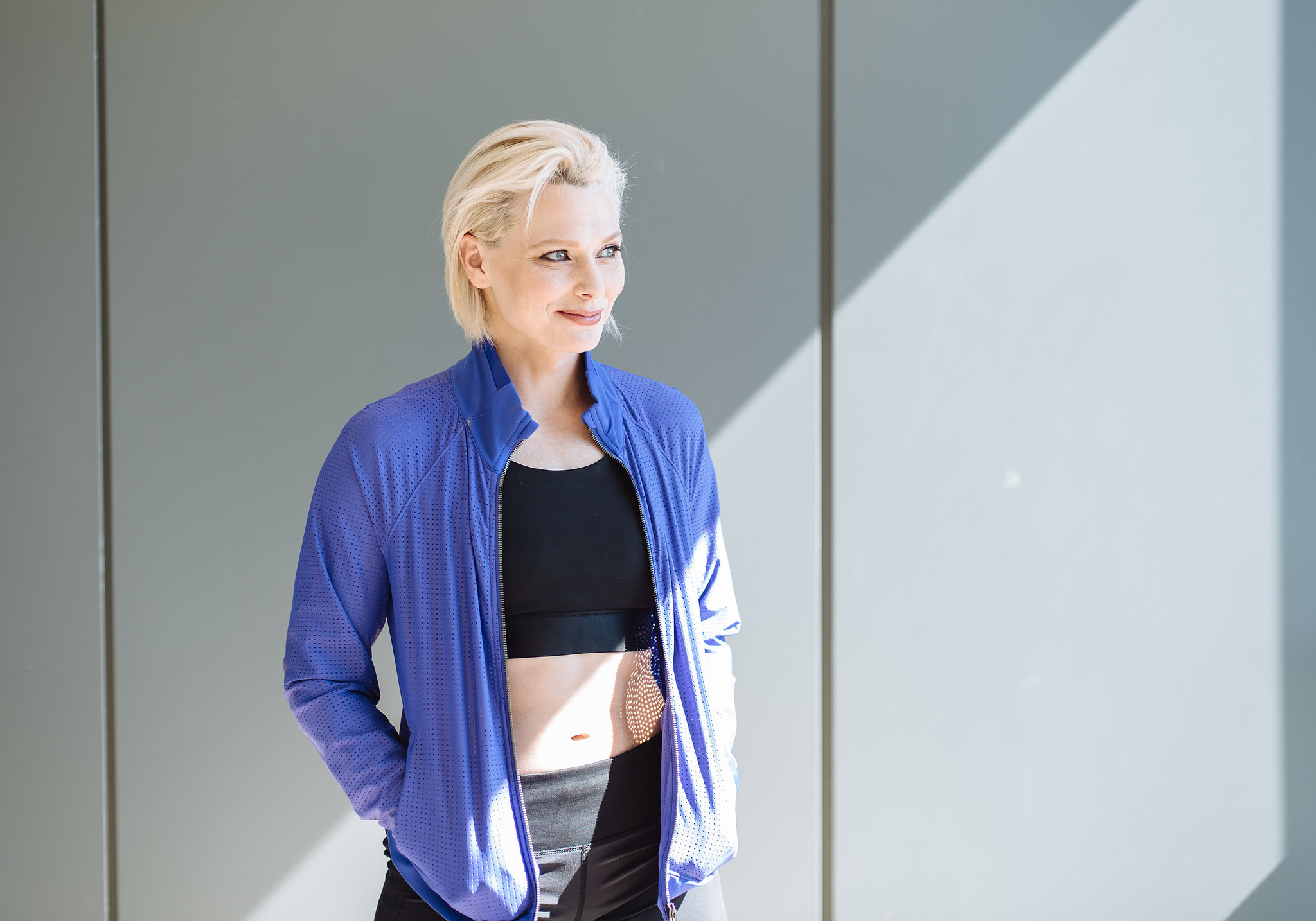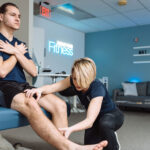Develop an inner compass
Continuous exercise progress comes from your body’s natural wisdom that allows you to create, innovate, and push boundaries. The typical trainer only shows up with their body on their business card, leaving many important physiology lessons and learning completely out of their programming.
Developing an inner compass is your longevity’s best friend. It includes a version of the exercise that isn’t advertised in standard programs because academic works inspired this perspective in neuroscience, neurobiology, and exercise physiology. It’s also rooted in the science of how we learn.
In my career of helping people eliminate pain and enjoy their movement, I’ve learned the importance of developing an inner compass for exercise.
Honestly, it is my number one priority with every one of my clients because the brain, body, and muscles listen to one another and work together during exercise. We have a considerable amount of control over the outcome if we know how to access these mechanisms and use them to thrive.
Accessing them is done first through learning and implementing the inner compass.
What does having a strong inner compass look like in real time?
It is using an effective assessment and feedback system in any part of your Fitness Ecosystem™.
We’ve taught some of our clients to work with their muscle imbalances to build resiliency through exercise or physical activity.
Take one of our 38-year old clients, for example. She is a very active mother of twins who had knee surgery 8 months ago and aspires to start outdoor hiking as soon as she is able. She is cleared to do this by her Physical Therapist because she can walk at an incline on a treadmill.
While there are many variables to overcome, she is eager to build more strength at home and needs a smart exercise plan. We worked with this client by teaching her simple movement assessments and how to build an exercise sequence (3-4 bodyweight exercises) to get her body ready for anything in her program.
In her case, the inner compass served to develop attainable and measurable goals that contribute to a cascade of positive events like lowering anxiety around the healing process and the foundations of building strength in the joints. Our Virtual Studio will support this amazing athlete in all stages of her recovery journey at a fraction of the cost of our in-person services.
Here’s what developing an inner compass can do for your exercise:
- Guarantees a productive workout
- Decreases stress in your exercise and cures gym phobia
- Increases the chance that exercise will create pain-free movements and heal areas affected by old injuries.
- Engage areas that have been weakened due to injury
- It gives you reliable information on what you can do in your workout
Learning is a process.
Recognizing the signs that your body needs a certain level of exercise is a win.
I’ll leave you with this idea to ponder; thriving in your fitness means you are a lifelong learner. The body, brain, and muscles are hard-wired to utilize these connections and communications for survival.
Want to dive deeper?
Consider joining Movement Pathways. It’s for those who think deeply about their exercise, and are ready to call in more strength, neuro-muscular connection to their body, and results from doing what I like to call the inner work.


